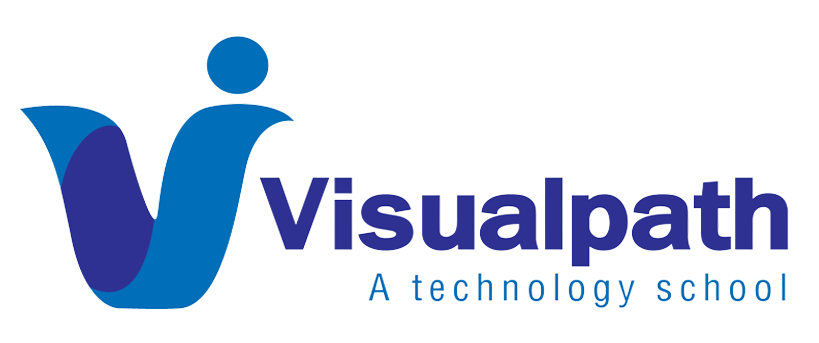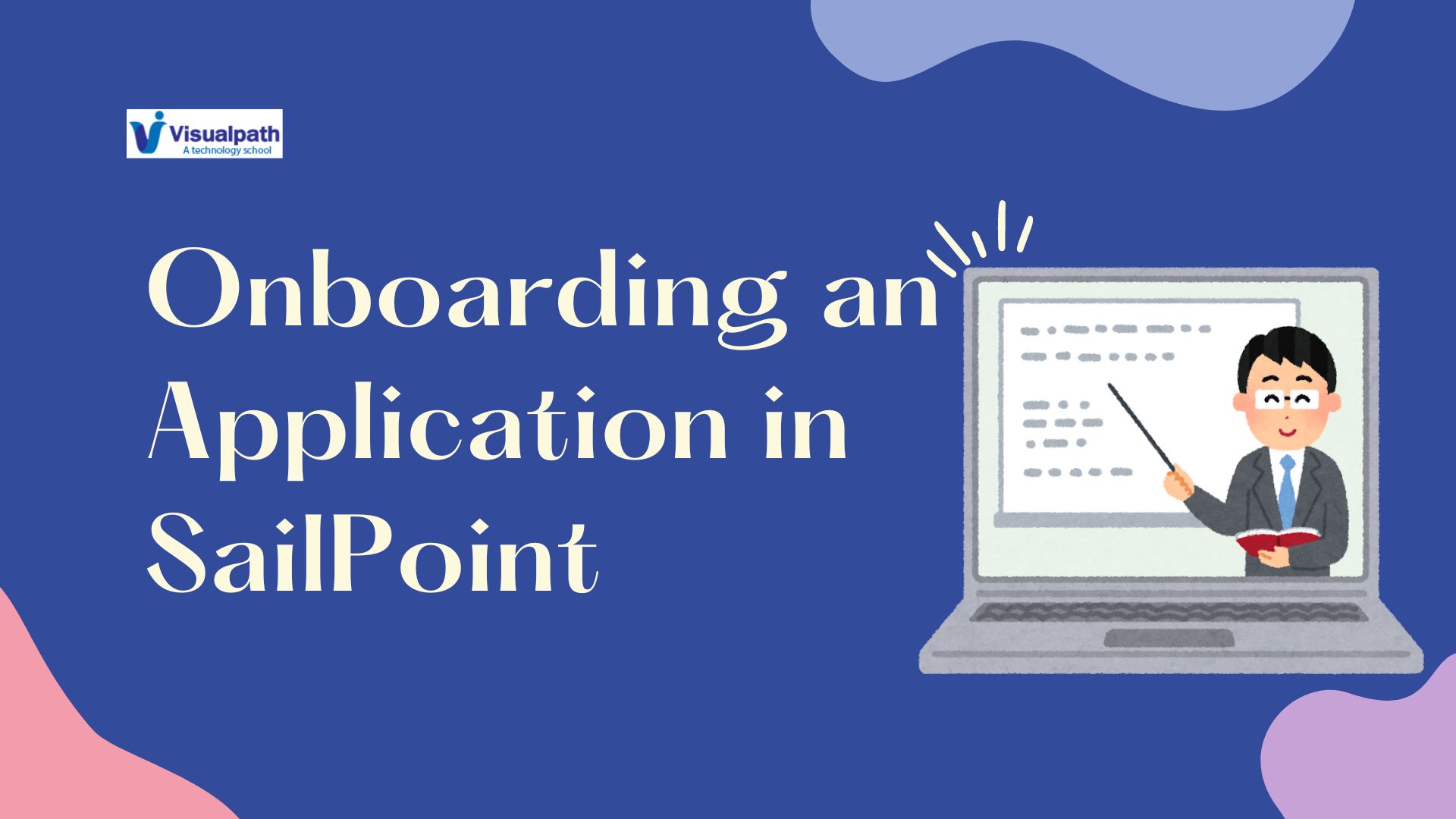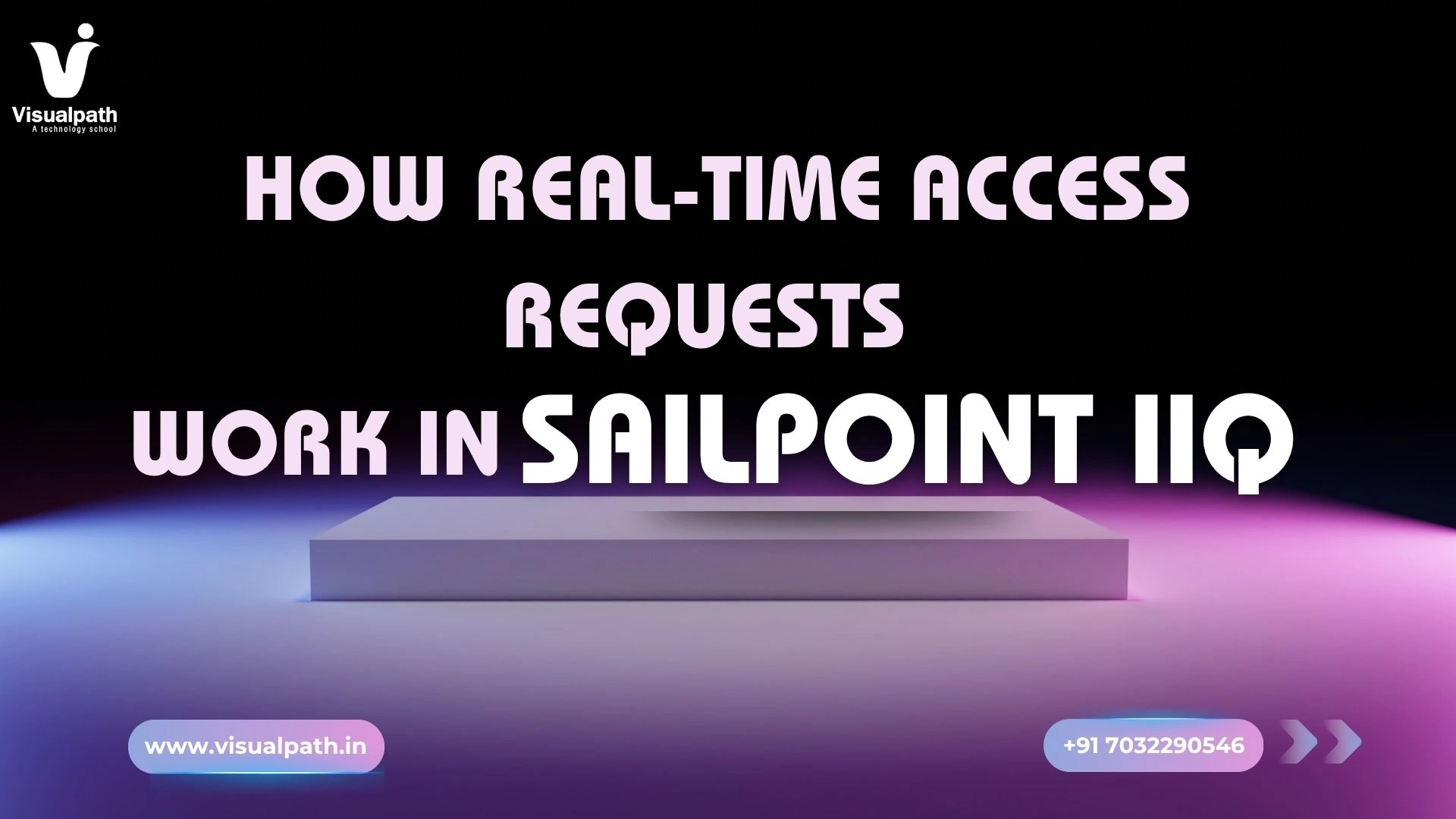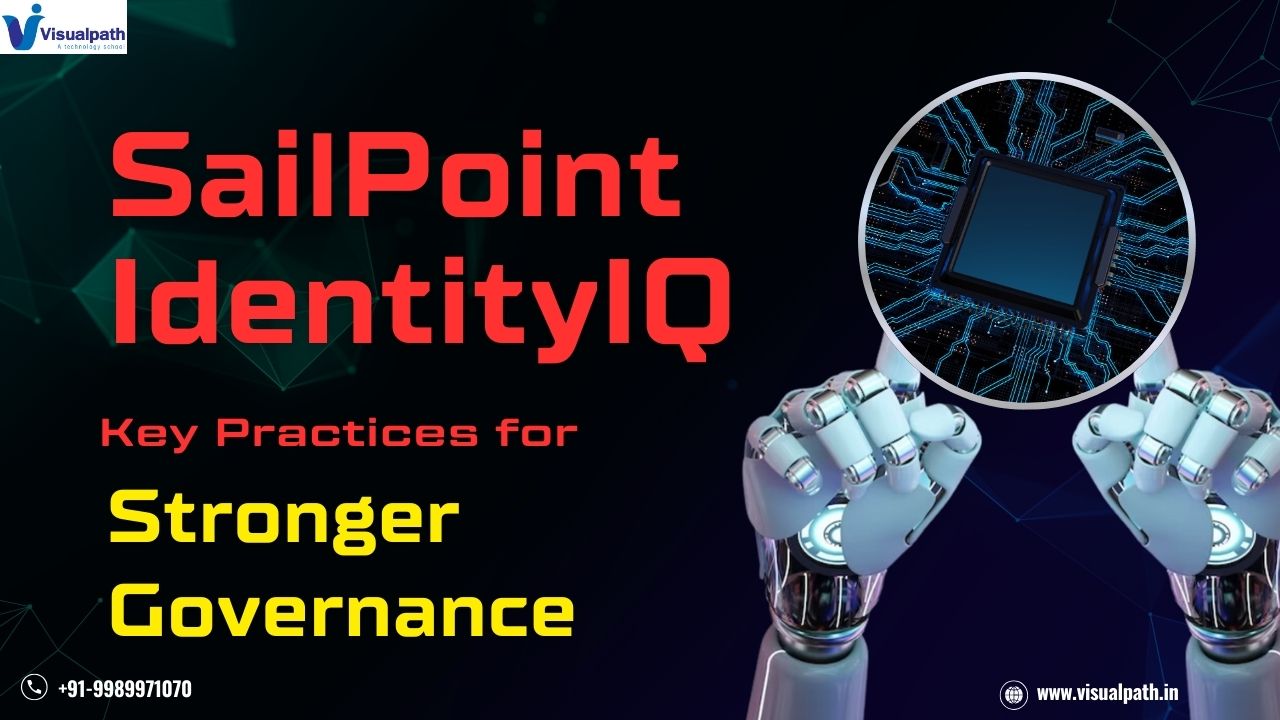Introduction:
SailPoint IdentityIQ is a comprehensive identity governance solution that provides organizations with the tools to manage user access, ensure compliance, and enhance security. Onboarding an application in SailPoint involves integrating the application with the IdentityIQ platform to manage its access and identities effectively. Sailpoint Identity IQ Training
The Onboarding Process:
Onboarding an application in SailPoint involves several key steps: preparation, configuration, testing, and deployment. Each step is crucial to ensure the application is integrated correctly and that user access is managed securely and efficiently. Sailpoint Online Training
Preparation:
Before onboarding an application, it is essential to gather all necessary information and understand the application’s access requirements.
This includes:
Identifying Application Owners and Stakeholders:
Identify the key individuals responsible for the application. This includes business owners, IT administrators, and security personnel.
Gathering Application Details:
Collect detailed information about the application, such as its name, version, access methods, authentication protocols, and the types of users who will need access.
Defining Access Policies:
Establish the access policies that will govern how users interact with the application. This includes defining roles, permissions, and any segregation of duties requirements.
Configuration:
Once the preparation is complete, the next step is to configure the application within SailPoint IdentityIQ. Sailpoint Identity IQ Course Online
Creating the Application Definition:
Navigate to the SailPoint IdentityIQ interface and create a new application definition. This involves specifying the application name, description, and the type of connector to be used for integration.
Configuring Connectors:
SailPoint uses connectors to integrate with various applications. Configure the appropriate connector for your application, specifying connection details such as URLs, authentication methods, and any necessary credentials.
Defining Account Schema:
Define the account schema for the application, which includes mapping the application’s attributes to SailPoint’s identity attributes. This ensures that user information is accurately synchronized between SailPoint and the application.
Setting Up Aggregation Jobs:
Configure aggregation jobs to regularly pull user data from the application into SailPoint. This ensures that the identity information within SailPoint is up-to-date and reflects any changes made in the application.
Conclusion:
Onboarding an application in SailPoint IdentityIQ is a systematic process that involves preparation, configuration, testing, and deployment. By following these steps, organizations can ensure that their applications are integrated effectively, user access is managed securely, and compliance requirements are met.
Visualpath is the Leading and Best Institute for learning Sailpoint Online Training in Ameerpet, Hyderabad. We provide Sailpoint Online Course, you will get the best course at an affordable cost.
Attend Free Demo
Call on – +91-9989971070
Visit : https://www.visualpath.in/sailpoint-Identity-IQ-online-training.html




